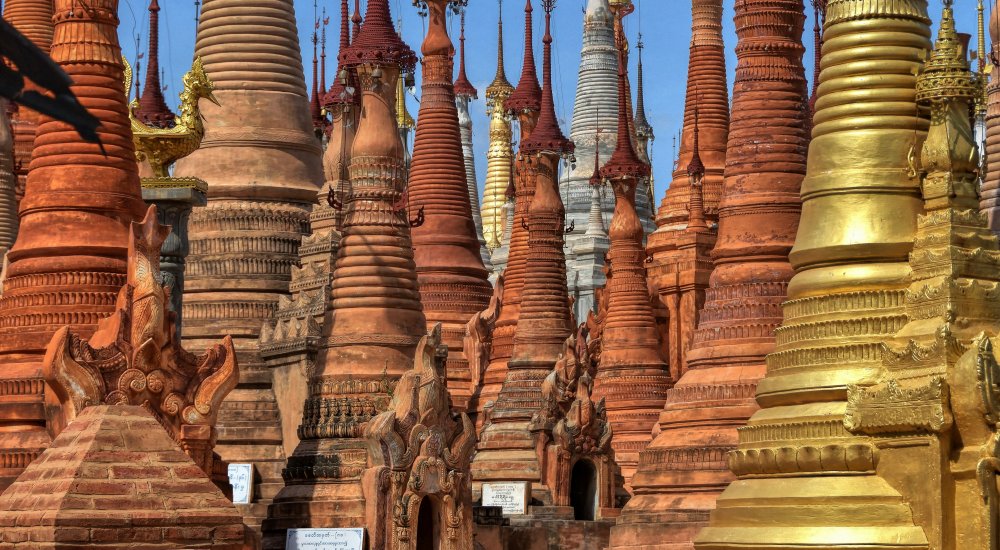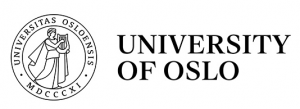UiO Postdoctoral Fellow in the Department of Philosophy, Classics, History of Art and Ideas
Postdoctoral Research Fellowships associated with the ERC-funded project "ECOART"

Job description
1-2 Postdoctoral Research Fellowships (SKO 1352) are available in the Department of Philosophy, Classics, History of Art and Ideas, at the University of Oslo.
The positions are associated with the European Research Council-funded Consolidator project ECOART – An Ecological History of Eurasian Art: Natural Resources, Aesthetic Practices, and Early Modern Globalization, which will consist of a team of Principal Investigator Anna Grasskamp, three doctoral research fellows and two post-doctoral research fellows. The project investigates the artistic use and visual representation of geographical, geological, botanical, zoological, and climatic resources in Eurasia, a space dominated by European and Chinese economic spheres of influence, in an era of early modern globalization from 1500 to 1800. Funding for fieldwork, archival research, conference attendance and publications will be available to all members of the project.
(1) Post-doctoral Research Fellowship in Early Modern Art and Geographic Resources
Access to waterways allowed local craft communities to engage with resources from far away, while panoramic views inspired visual artists. Artists and artisans across Eurasia have articulated the agency of certain sites over humans, for example in the case of sacred sites where natural miracles were believed to have taken place, while contributing to period conceptualizations and visualizations of land- and seascapes as objects of knowledge. The person filling in this position will investigate the artistic impact on and representation of geographic resources during the early modern period in at least three of the project’s six key sites: Gujarat, Manila, Jakarta/Batavia, Yangon (formerly Dagon, and, under colonial rule, Rangoon), Guangzhou/Canton, Amsterdam. His/her methodology will be informed by geoaesthetics, a critical frame to analyze artistic and artisanal practices as shaped by human interaction with resources. Potential case studies include representations of bodies of water, for example Hangzhou’s West Lake or Gujarat’s Bay of Surat; landscape paintings by traveling artists like William Hodges, who accompanied James Cook’s journeys, or those by Ming literati artists who traveled extensively in search of painterly landscapes; geoaesthetics of sacredness in relation to Buddhist sites and Catholic belief systems across Eurasia.
(2) Post-doctoral Research Fellowship in Early Modern Art and Climatic Resources
While climatic resources such as the interplay between hot temperatures and humidity allow for the cultivation of and creative engagement with certain materials, for example enabling sericulture to produce silk, they discourage others. Furthermore, artistic concepts of climatic resources have been articulated through symbolic depictions of the forces of wind, water, and sunlight during the Little Ice Age (ca. 1550–1850) due to cooling and mountain glacier expansion in some (though not all) regions of the world. Asia’s monsoon climate has a profound impact on the region and its life-threatening powers have been depicted in representations of flooding and shipwrecks and in allegorical and symbolic ways. The work of this post-doctoral fellowship project asks how the forces of wind and water during the wet season were conceptualized in art and artisanship across Eurasia; it will study the representation of the harnessing of climatic elements for human purposes across at least three of the project’s six sites: Gujarat, Manila, Jakarta/Batavia, Yangon (formerly Dagon, and, under colonial rule, Rangoon), Guangzhou/Canton, Amsterdam. Potential case studies include symbolic representations of the forces of water in paintings and sculptures of dragons across Eurasia; anthropomorphic representations of wind in Indian and Chinese Buddhist imagery of aerial deities; artistic depictions of the impact of the monsoon season on seafaring.
The positions are available for a period of 3.5 years. These are full-time research positions with no additional teaching duties.
The successful candidate(s) is/are expected to become part of the research environment/network of the department and contribute to its development. The main purpose of postdoctoral research fellowships is to qualify researchers for work in higher academic positions within their disciplines.
Qualification requirements
- PhD or equivalent academic qualifications with a specialization in the History of Asian Art
- The candidate's research project must be closely connected to the main project
- Fluent oral and written communication skills in English and training in at least one Asian language (classic/modern Chinese, Sanskrit/Hindi, ancient/classic Tagalog, old/modern Burmese, Old Javanese/Indonesian)
- Research or working experience in non-Western contexts as well as familiarity or experience with digital humanities
- Personal suitability and motivation for the position
The doctoral dissertation must be submitted for evaluation by the closing date. Appointment is dependent on the public defence of the doctoral thesis being approved.
In the evaluation of the applications, emphasis will be placed on:
- The research project’s scientific merit, research-related relevance and innovation
- The applicant’s estimated academic and personal ability to carry out the project within the allotted time frame and contribute to the main project
- Good co-operative skills, and the ability to successfully join in academic collaboration within and across disciplines
We offer
- Salary NOK 575 400 – 657 300 per annum depending on qualifications
- A professionally stimulating working environment
- Membership in the Norwegian Public Service Pension Fund
- Attractive welfare benefits
How to apply
The application must include:
- Application letter describing the applicant’s qualifications and motivation for the position
- Curriculum Vitae with grades listed (with a list of education, positions, teaching experience, administrative experience and other qualifying activities)
- List of publications • Project description (approx. 3 - 5 pages, maximum 14,000 characters. See Template for project descriptions). The project description must present a feasible progress plan. It is expected that the applicant will be able to complete the project during the period of appointment. The project may (or may not) include one large outcome (e.g. a monograph) or a number of smaller outcomes (e.g. book chapters and article publications).
- Up to four academic works that the applicant wishes to be considered
- Copies of educational certificates. Applicants with education from a foreign university must attach an explanation of their university’s grading system.
Please note that all documents must be in English or a Scandinavian language.
The application with attachments must be delivered in our electronic recruiting system, jobbnorge.no.
The short-listed candidates will be invited for an interview.
Formal regulations
See also Regulations concerning Post-Doctoral Research Fellowships.
Following the Freedom of Information Act (Offentleglova) § 25, Chapter 2, information about the applicant may be used in the public list of applicants even if the applicant opts out from the entry in the public application list.
No one can be appointed for more than one Postdoctoral Fellow period at the University of Oslo.
The University of Oslo has an Acquisition of Rights Agreement for the purpose of securing rights to intellectual property created by its employees, including research results.
The University of Oslo aims to achieve a balanced gender composition in the workforce and to recruit people with ethnic minority backgrounds.
Contact information
For questions regarding the positions: PI, Associate Professor Anna Grasskamp
For questions regarding how to apply: HR Adviser Karoline Farbrot
About the University of Oslo
The University of Oslo is Norway’s oldest and highest ranked educational and research institution, with 28 000 students and 7000 employees. With its broad range of academic disciplines and internationally recognised research communities, UiO is an important contributor to society.
The Department Philosophy, Classics, History of Art and Ideasembraces four disciplines: Philosophy, Classical Languages (Greek and Latin), History of Ideas and Art History. The Department is also responsible for the introductory philosophy courses, obligatory for all students attending study programmes at the University of Oslo. The Department has about 110 employees.
